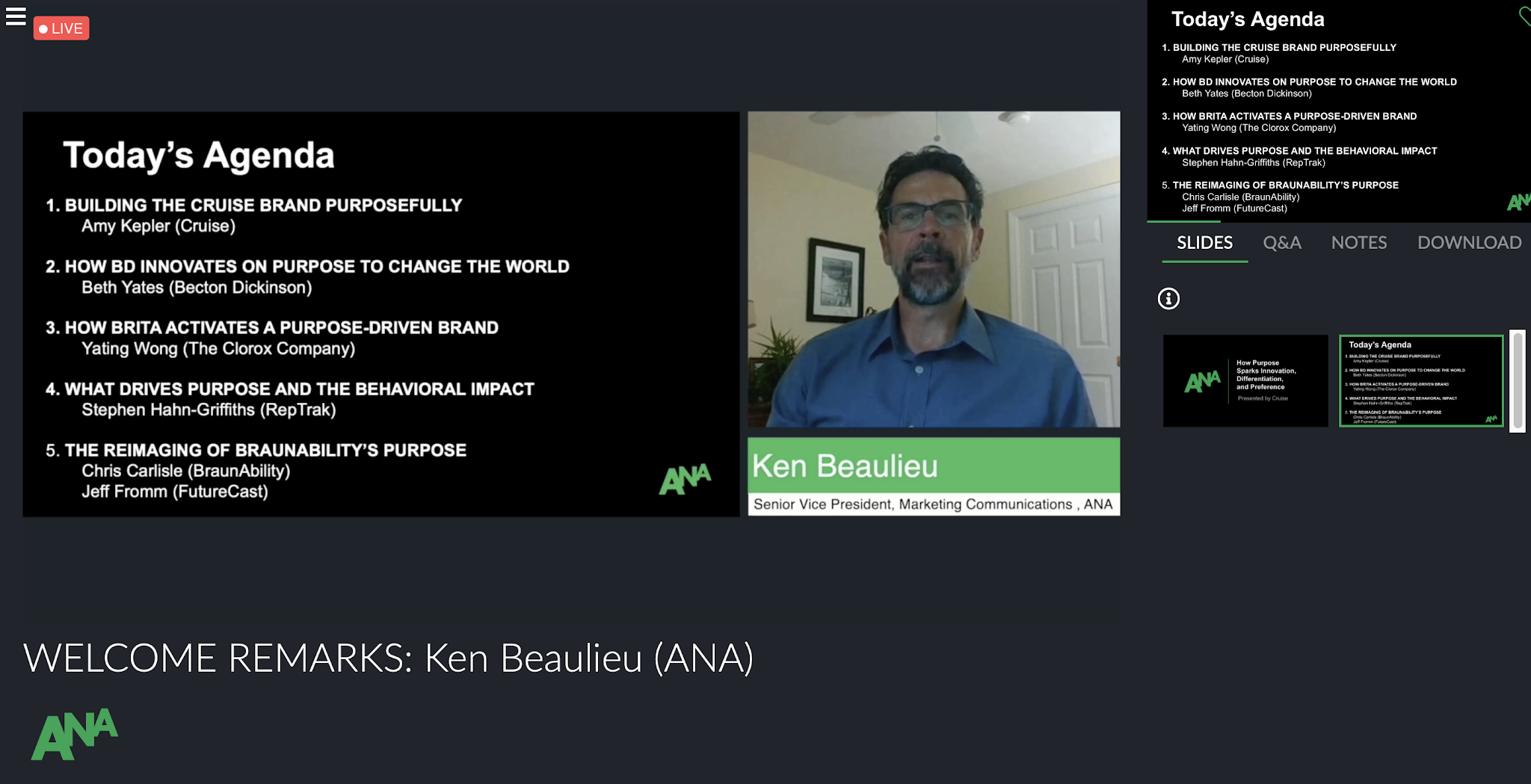Virtual Reality and Storytelling: Now and what's ahead
I had the good fortune to attend Internet Week 2016's "Beyond the Wow Factor: Storytelling and Virtual Reality" session held at Ruder Finn's New York headquarters. This was an appealing session for me given the communications industry's growing interest in virtual reality - the way people are talking about it now is reminiscent of the mid-2000s when social media was just starting to truly go mainstream. I still remember the rush from signing up for Facebook in 2006 when I got my undergrad's dot edu email address. Now, the internet has seamlessly integrated Facebook, Twitter, Snapchat, Instagram, and other outlets into the mobile sphere. The next frontier will likely involve virtual reality.
The panel was hosted by Ruder Finn Chief Digital Officer Scott Schneider. His guests included Sebastian Tomich, Senior Vice President of the New York Times' Advertising and Innovation department, as well as Norm Levy, Sales Support Engineer for Nokia, Joergen Geerds, CEO of Koncept VR, and Luke Kingma, Director of Content for Futurism.
The opening question for the panelists was an opening salvo of "Why now for virtual reality?" Two of the four panelists stated Google's partnership with the New York Times for Google Cardboard has amplified awareness for virtual reality. Geerds offered that Oculus' impressive debut with its immersive headsets has been the catalyst for the current VR movement. Geerds expanded to say the differing styles of headsets offer remarkably different experiences for a virtual reality user. With a larger headset like the Oculus Rift, which offers built-in headphones and padded head mounts, the viewer is submerged deeper into the alternate reality of VR than one would be using a more temporary device like the Google Cardboard. Yet, devices like the Cardboard, with easy portability, offer further benefits as Tomich explained: “VR for live events and journalism will be key because it democratizes information.” The same elements of mobility that helped launch social media (transparency and expediency) could also help VR augment live events and breaking news.
Later in the presentation, Schneider asked the panelists "how do brands best take advantage of the space in virtual reality?" Tomich offered a particularly insightful response to the question of brands taking advantage of VR, stating virtual reality adds tremendous value to the Times' newsroom, therefore its value in creating content for its partners is a given. Tomich added that the Times already gets 10-20 requests a week from brands for virtual reality elements. He also made a key distinction between the benefits for brands and media - for brands, he believes the return on investment is already present in the sphere because it gives consumers a place to experience a product. For media and publishers, virtual reality acts more as a branding play that benefits a long-term relationship.
Q: How will #VR change storytelling?— RFIStudios (@RFISTUDIOS) May 18, 2016
A: Journalism: harder to fake a story b/c no editing, Filmmaking: make sure story is around you#IWNY
"Experiences are doing better than storytelling in #VirtualReality right now; films still better for linear storytelling" @SebTomich #IWNY— Ellen Desmarais (@EllenDes) May 18, 2016
The last discussion revolved around where panelists believe VR will be in five years. Geerds noted perhaps the most revolutionary visual, noting “the eye and the human brain are very easy to fool,” while noting, perhaps in jest, that we may eventually see something as wild as eye implants that display chosen digital information in our field of vision. Several panelists agreed the virtual reality space will offer the ability to make purchases, giving more value to the space as e-commerce expands beyond desktop and mobile..@sebtomich: VR for live events and journalism will be key, democratizes information even more @internetweek @CCNYBIC— Brian Mortensen (@brian_mortensen) May 18, 2016
 |
| Full headset virtual reality devices with Koncept VR content |
I found this virtual reality discussion to be particularly poignant after reading a Sports Business Journal article by Eric Fisher titled "What's holding up virtual reality as a game changer?" in which Fisher cites a Goldman Sachs report projecting "revenue in the global virtual reality market will grow to $80 billion in 2025”. With such revolutionary technology on the forefront of breaking into the mainstream, learning to utilize the medium can only benefit brands, consumers, and publishers.
 |
| Visitors examine mobile-compatible virtual reality devices from the New York Times |



